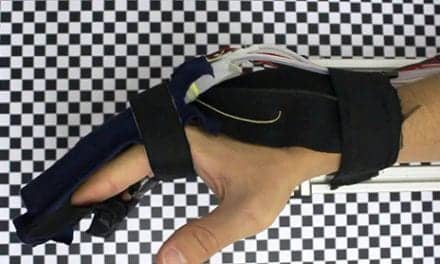
Based on the results, researchers say, emulsions may hold promise in reducing some of the long-term neurological and behavioral problems seen in human survivors of neonatal stroke and possibility of adult stroke. The omega-3 fatty acids may hold potential as neuroprotectants as they impact multiple biochemical processes in the brain that are disturbed by stroke, according to Richard Deckelbaum, MD, study senior author, director of the Institute of Human Nutrition at Columbia’s College of Physicians & Surgeons.
The study’s results indicate that an emulsion containing only docosahexaenoic acid (DHA), but not (EPA), in a triglyceride molecule reduced the area of dead brain tissue by about 50% or more even when administered up to 2 hours following stroke.
“Since mice have a much faster metabolism than humans, longer windows of time for therapeutic effect after stroke are likely in humans,” Deckelbaum explains. The results also suggest that 8 weeks after stroke much of the “saved” mouse brain was still heavy and researchers did not detect any toxic effects.
Researchers report that additional studies are currently under way targeting the emulsion in older mice and in mice with different types of stroke. The researchers add that they are also looking to pinpoint exactly how the omega-3 emulsion works and to optimize the emulsion in order to improve functional recovery after stroke.
Clinical trials may follow quickly, Decklebaum says, provided the emulsions continue to exhibit positive results, as such emulsions have been shown to be safe in human beings.
Source: Columbia University Medical Center





